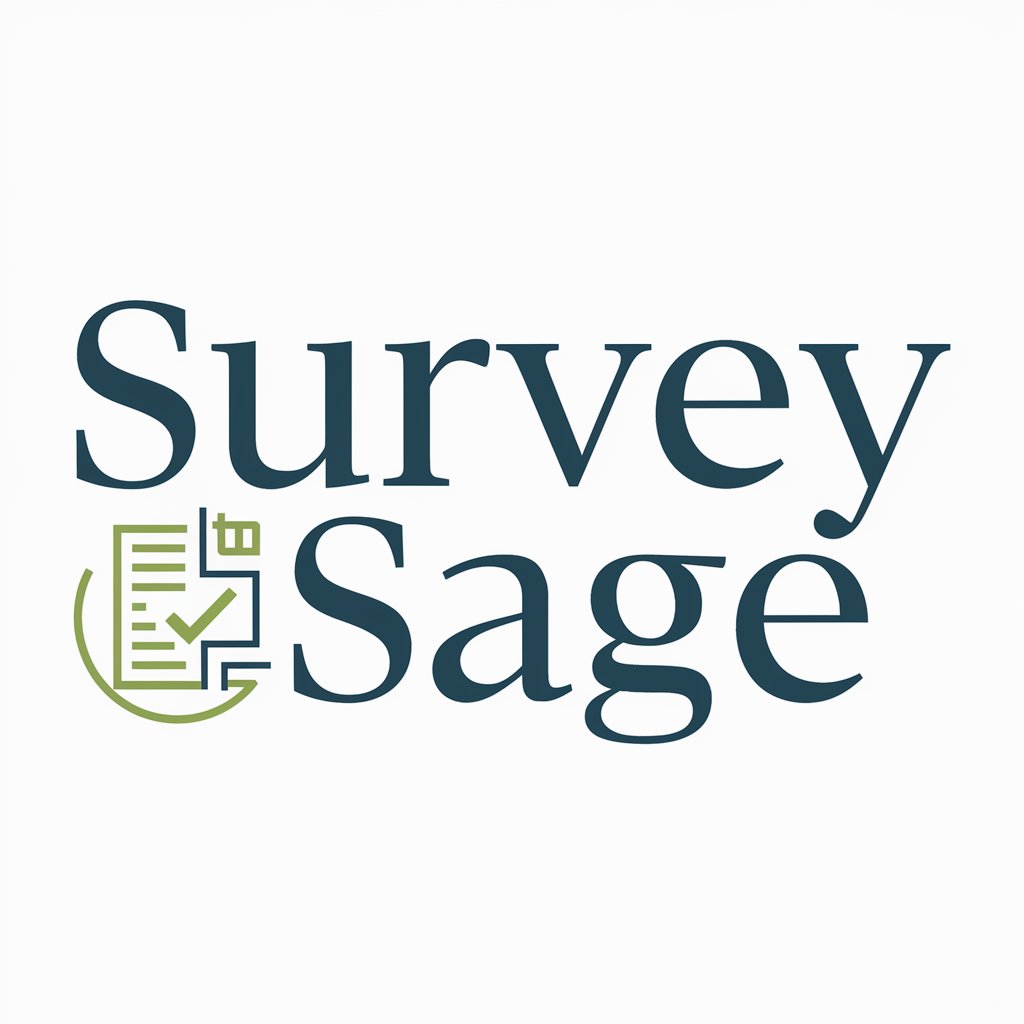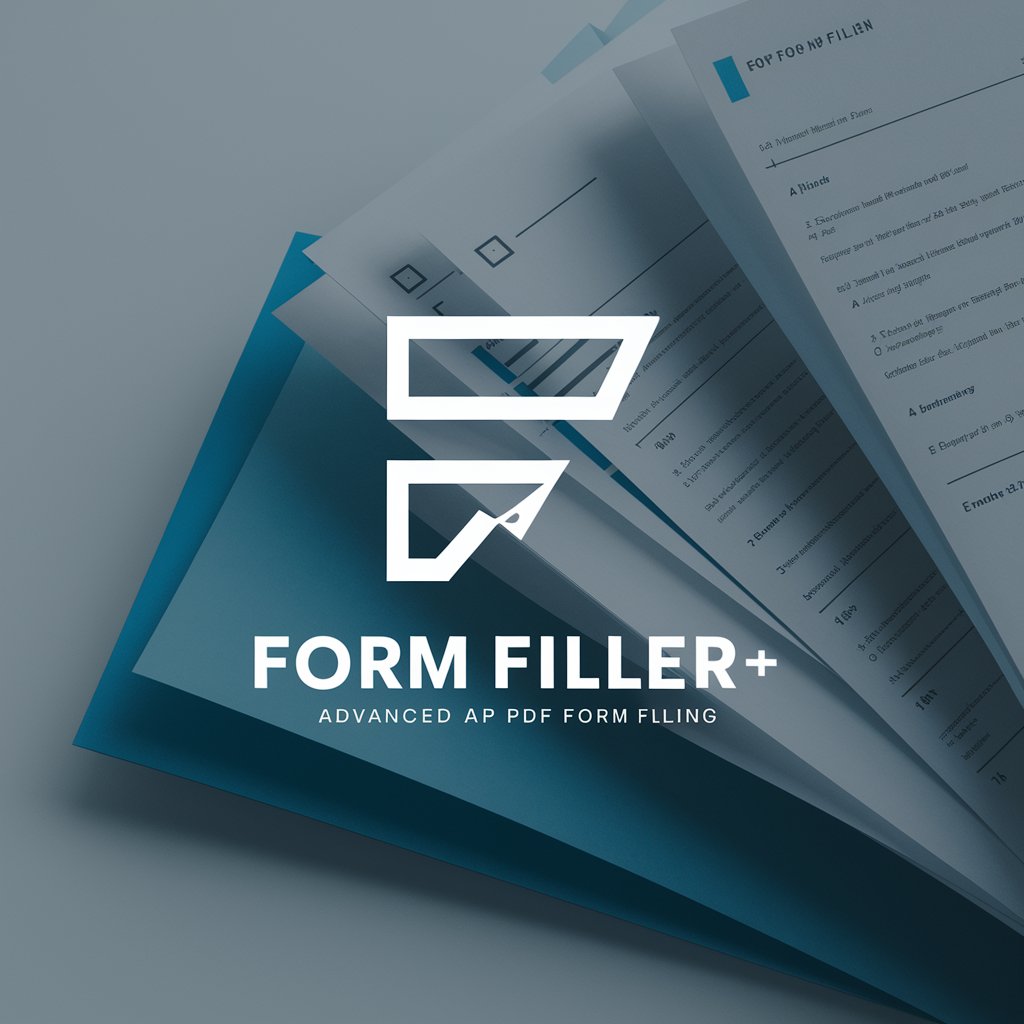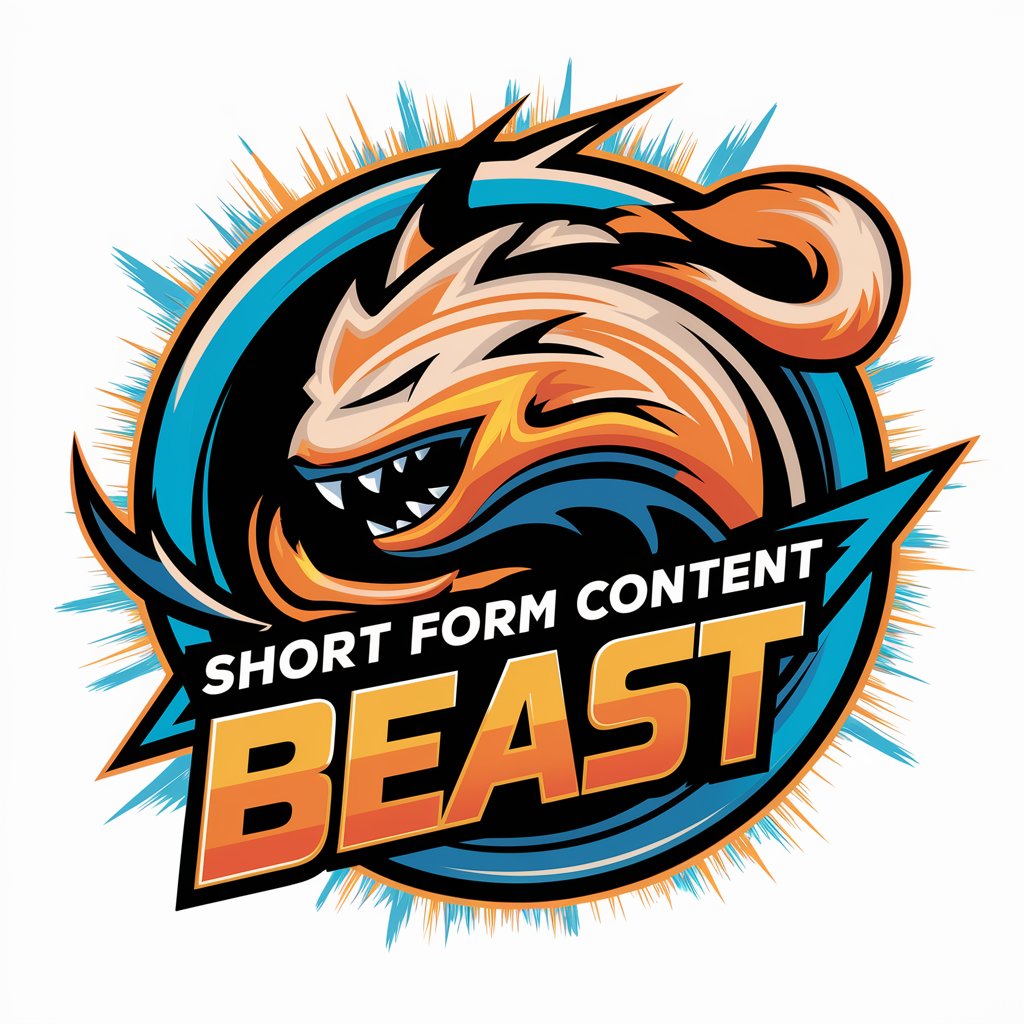Survey Analysis - Survey Insights Extraction

Hello, let's dive into your survey data insights!
Unlock insights with AI-driven analysis
Can you summarize the key themes from the survey responses?
What is the overall sentiment of the survey feedback?
Identify the most frequently mentioned issues in the survey results.
Provide an analysis of the positive and negative comments from the survey.
Get Embed Code
Introduction to Survey Analysis
Survey Analysis is designed to meticulously assess and interpret data collected from surveys. This tool focuses on extracting meaningful insights from responses, helping users to comprehend overall sentiments, key themes, opinions, and trends. It's engineered to enhance the efficiency and depth of survey data analysis, ensuring that every piece of feedback is evaluated for its significance. For example, in a customer satisfaction survey, Survey Analysis would not only quantify satisfaction levels but also delve into textual responses to identify specific areas of strength and concern, such as product quality or customer service experiences. Powered by ChatGPT-4o。

Main Functions of Survey Analysis
Sentiment Analysis
Example
Determining the overall sentiment of customer feedback on a new product.
Scenario
In a scenario where a company launches a new product and gathers customer feedback through a survey, Survey Analysis would categorize responses into positive, negative, and neutral sentiments. This helps the company understand general consumer feelings towards the product and identify areas for improvement.
Theme Identification
Example
Identifying common themes in employee feedback during annual reviews.
Scenario
For a corporation seeking to analyze employee satisfaction and concerns, Survey Analysis could sift through annual review feedback to pinpoint recurring themes such as workplace culture, management practices, or career development opportunities. This enables targeted improvements in areas most impacting employee morale.
Trend Analysis
Example
Tracking changes in customer satisfaction over time.
Scenario
When a business aims to monitor customer satisfaction across multiple quarters, Survey Analysis can evaluate survey data over these periods to identify trends, such as rising or falling satisfaction levels, helping to gauge the impact of changes made to products or services.
Open-Ended Response Analysis
Example
Extracting actionable insights from open-ended survey questions.
Scenario
In situations where surveys include open-ended questions to gather detailed feedback, Survey Analysis employs natural language processing to interpret and summarize these responses, offering clear insights into customer opinions and suggestions for improvement.
Ideal Users of Survey Analysis Services
Market Researchers
Professionals conducting market research benefit from Survey Analysis by gaining deeper insights into consumer preferences and behaviors, enabling data-driven decision-making for product development and marketing strategies.
Human Resources Professionals
HR professionals use Survey Analysis to understand employee feedback on workplace satisfaction, engagement, and culture, facilitating the development of strategies to improve employee retention and satisfaction.
Customer Service Managers
Managers focusing on customer service can utilize Survey Analysis to evaluate customer feedback on support experiences, identifying strengths and areas for improvement in their service delivery.
Academic Researchers
Researchers in academic settings apply Survey Analysis to study responses from academic surveys, enhancing their understanding of various phenomena or validating hypotheses within their research fields.

How to Utilize Survey Analysis
Initiate Trial
Begin by accessing yeschat.ai to initiate your free trial; no login or ChatGPT Plus subscription is required.
Upload Data
Upload your survey data in a supported format, ensuring it's anonymized and structured for analysis.
Customize Analysis
Select specific analysis criteria, such as sentiment analysis, thematic extraction, or trend identification, tailored to your survey's objectives.
Review Insights
Examine the generated insights, which include sentiment scores, prevalent themes, and key feedback points from your survey data.
Apply Insights
Utilize the insights to inform decision-making, strategy adjustments, or further research, enhancing the impact of your survey findings.
Try other advanced and practical GPTs
survey master
Crafting Surveys with AI Precision

Survey Assistant
Craft, launch, and analyze surveys effortlessly with AI.

Survey Wizard
Empowering Insights with AI-Powered Surveys

Survey Sage
Empower your insights with AI-driven surveys.

Survey Savvy
Crafting Smarter Educational Surveys with AI

Jobs to be Done Guide
Unlock customer-centric innovation

Short Form Sensei
Power Your Content with AI

Form Filler +
AI-powered, hassle-free form filling

Short Form Content BEAST
Revolutionize Your Content with AI

Long Form SEO'd Article Writer (5,000 words+)
Empowering Your Ideas with AI-Driven Content Generation

Form Assistant
Automate forms with AI-powered ease

Skill Pathfinder
Uncover Hidden Skills with AI

Frequently Asked Questions About Survey Analysis
What types of surveys can Survey Analysis handle?
Survey Analysis is versatile, capable of analyzing a wide range of surveys, including customer satisfaction, employee feedback, market research, and academic studies.
How does Survey Analysis ensure data privacy?
Data privacy is paramount. Users are encouraged to upload anonymized data, and our platform employs robust security measures to protect all information.
Can Survey Analysis identify trends over time?
Yes, it can track changes and trends over time, provided you have longitudinal survey data, allowing for insightful comparisons and trend analysis.
How detailed are the insights provided by Survey Analysis?
Insights are comprehensive, offering deep dives into sentiment analysis, thematic exploration, and actionable feedback points, all customized to your survey's goals.
Is technical expertise required to use Survey Analysis?
No, it's designed to be user-friendly, with intuitive interfaces and clear guidance, making advanced survey analysis accessible to all users, regardless of their technical background.
